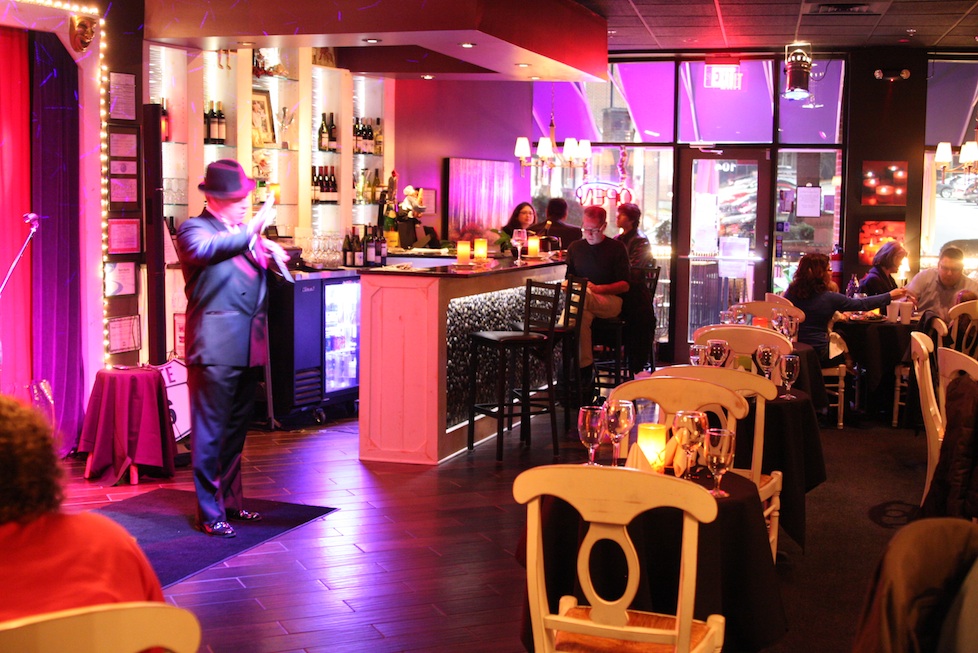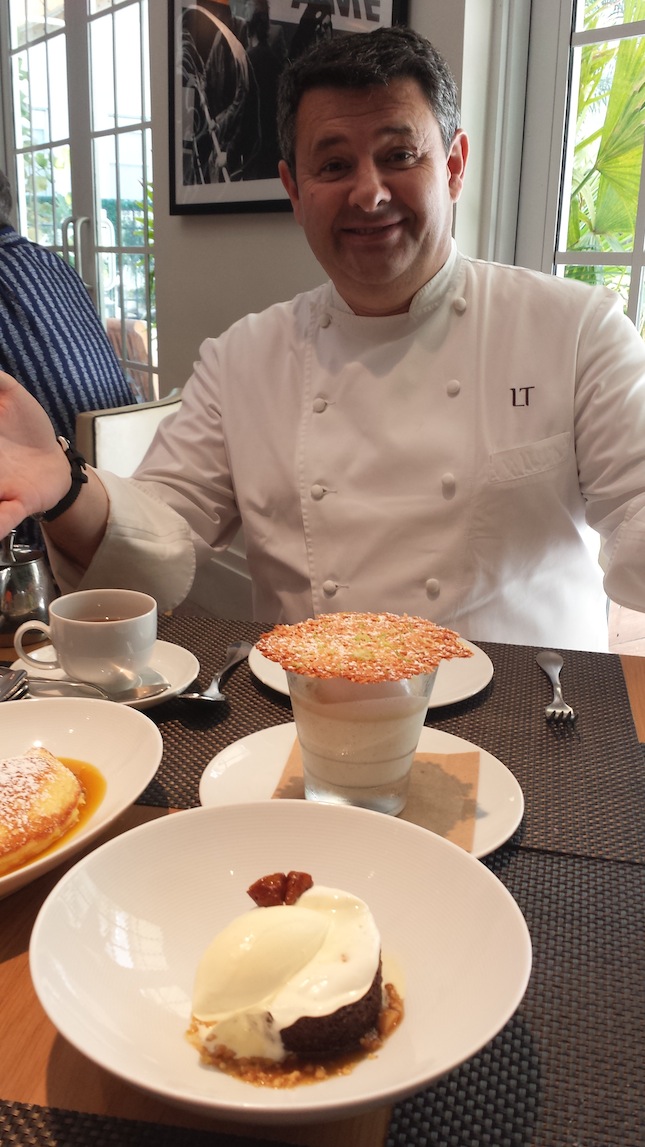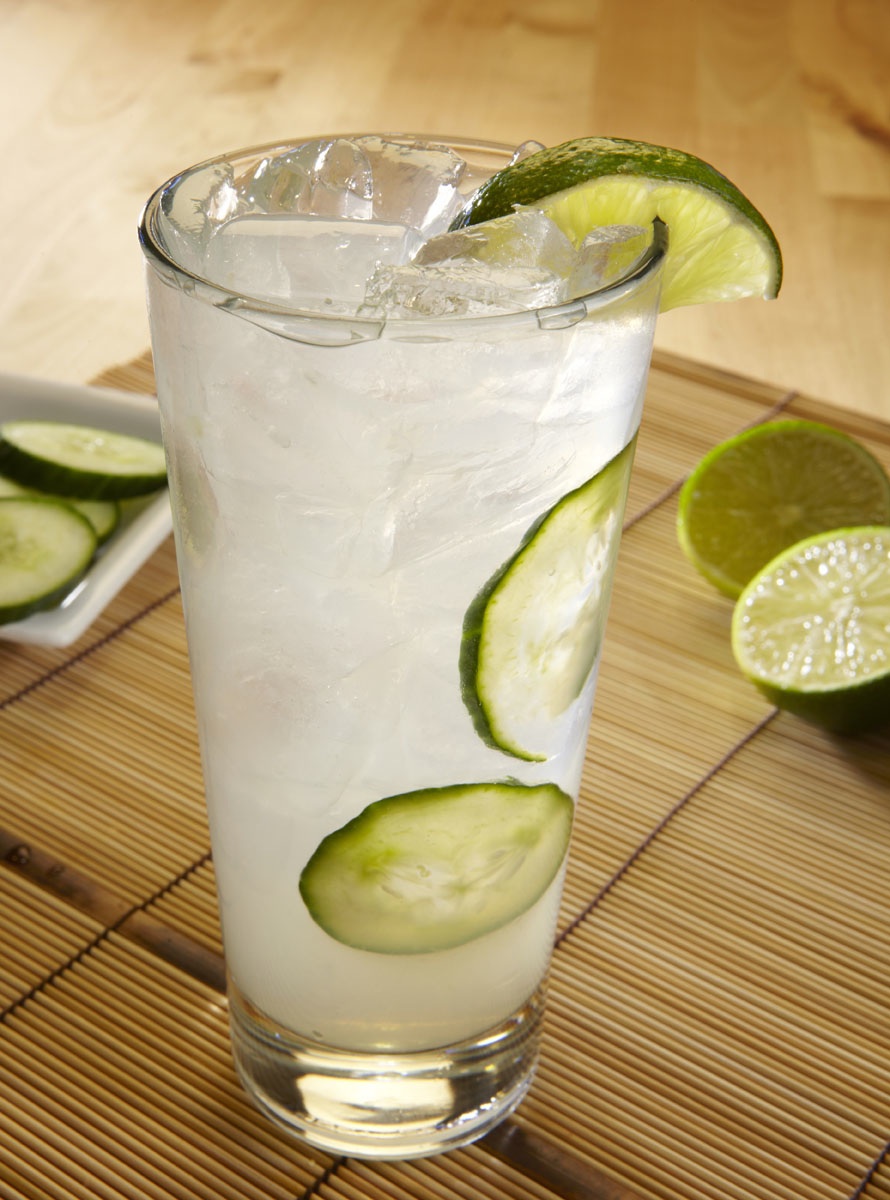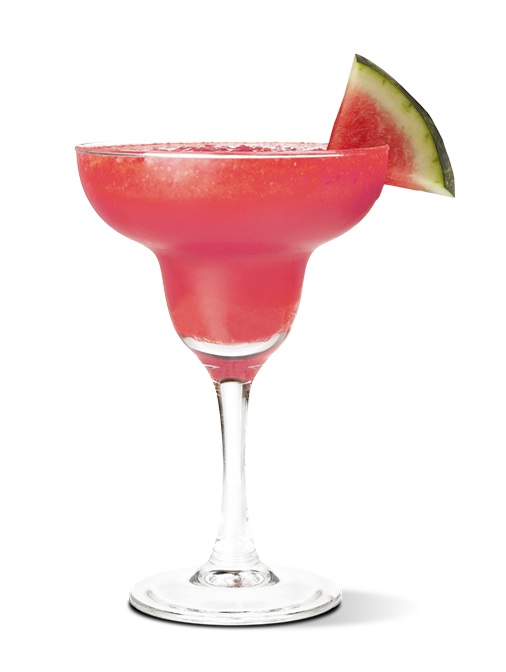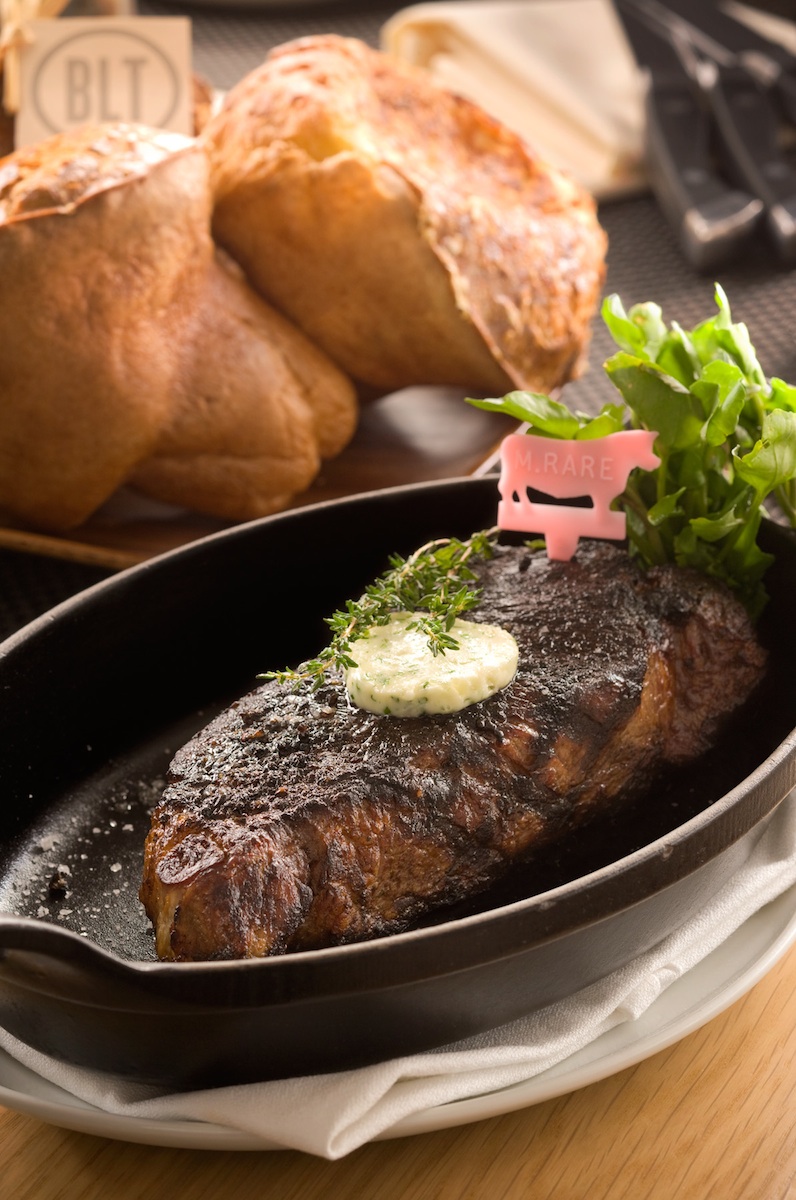Your love for food started with your family back when you lived in St. Thomas, Miami, and New Jersey. Can you explain what that looked like growing up?
Both of my parents are from Trinidad, so we ate a lot of Caribbean food. I didn’t cook that much, but I watched them intently. There was one time, though, when my brother was born and I was nine. Mom was coming home from the hospital and I tried to cook for her—a traditional Trinidadian dish called Pelau with rice, pigeon peas, and meat. It turns out, however, that the meat was raw. A good first effort, I guess.
Still, cooking was a passion. I did a lot of social cooking in my 20s, and then, in my 30s, it went from a passion to a career. Actually, I spoke with a friend who was a chef at the time and asked him for pointers about culinary school. He pretty much told me I didn’t have to go to school. That pushed me in the direction of cooking as a career. I started by catering and working as a private chef. Eventually, I came on at bar ONE in 2012.
Your family boasts ties to both China and Trinidad. How has that informed your culinary style?
My style differs a bit from these. I call it Caribbean-American fusion. I’ll add things like collard greens to Trinidadian dishes, for example. But you will find Asian and traditional Caribbean flavors in the mix as well.
What about local ingredients? When did you start incorporating these into your cuisine?
When I came to Atlanta. In Florida, we didn’t go to farmers’ markets that much. We didn’t really get much fresh produce. I was introduced to local ingredients here, and I’ve been amazed. Peter Thomas, the owner, really pushed for a local and seasonal angle to the food, so it’s become an integral part of the menu.
bar ONE’s concept is a fusion of Caribbean and Asian flavors—much like what you enjoyed growing up. In practice, what does that look like?
One of my specialities is Coconut Curry Shrimp and Crab with dumplings. It’s definitely a Trinidadian dish. I Americanized it by using lump crabmeat instead of whole crab. Another is my Oxtail Soup. It’s usually made with leftover meats and vegetables, but I wanted a red bean-based soup with oxtails, so I changed the original to make it my own. I stew the oxtails, then combine them with beans and vegetables, along with dumplings and boniato. That’s only available on Fridays—and it disappears very quickly.
How does your style at bar ONE meld with the modern, trendy ambience?
Both were born separately. The lounge was designed by Peter. The space used to be a Mexican restaurant, but Peter came in and gutted it, turning it into a very sexy and vibrant hangout. The menu, meanwhile, grew differently. Peter knew he wanted tapas-style dishes, but hadn’t picked a cuisine. He chose me to come on and develop the food program, and I wanted it to be Caribbean-American. From there, bar ONE was born.
What would you like to see implemented on the menu in the next six months or so?
I want to have more grilled items. People often come in asking for grilled items instead of fried foods, so I want to offer that. I also want to offer more vegetarian options and healthful dishes overall.
If a guest wanted to experience the essence of bar ONE in a single dish, which would it be?
Without question, the Coconut Curry Shrimp and Crab with dumplings. It’s the perfect example of my style and the cuisine.










